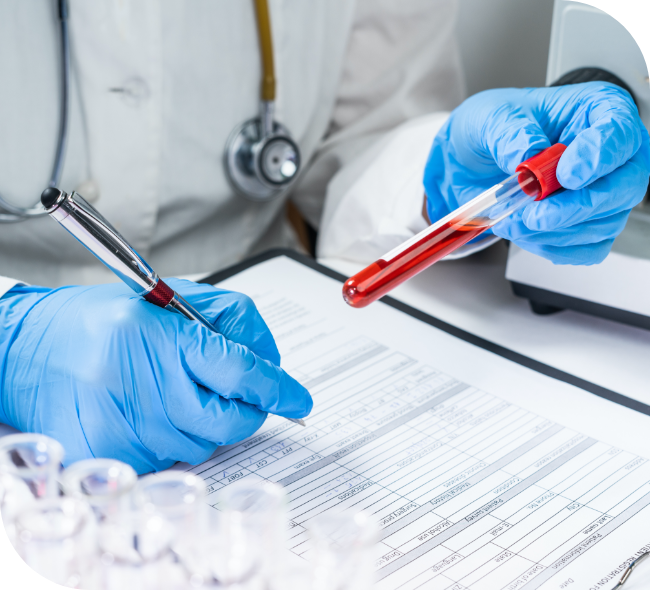after the bladder is removed, the doctors create a new way to pass urine out of the body. The first way of doing this is by using a section of the small intestine or colon to redirect urine to a stoma or ostomy, which is an opening outside of the body. The patient needs to wear a bag attached to the stoma to accumulate and discard the urine.
Many times surgeons use a part of the large or small intestine to create a urinary reservoir, which acts as a storage pouch inside the body. In some patients, The surgeons can connect the pouch with the urethra to create something known as the Indiana pouch or neobladder, which allows the patients to pass the urine out of the body in a normal manner. However, in this case, a thin tube known as a catheter may need to be inserted in case the neobladder is not completely emptied of urine. Patients with neobladder will not get the urge to urinate anymore and have to urinate on a fixed schedule. For some patients, a pouch made of the small intestine is created inside the abdomen internally and is connected to the belly button or abdomen's skin through a small stoma. In this case, patients do not require wearing a bag, and they can drain the internal pouch several times a day by inserting a catheter in a small stoma and removing it immediately.
A patient’s quality of life can get affected when he/she has to live without a bladder. It is important to find treatment so that all or a part of the bladder can be kept. For patients with muscle-invasive bladder cancer, treatment may involve radiation therapy or chemotherapy as a substitute for removing the bladder.





